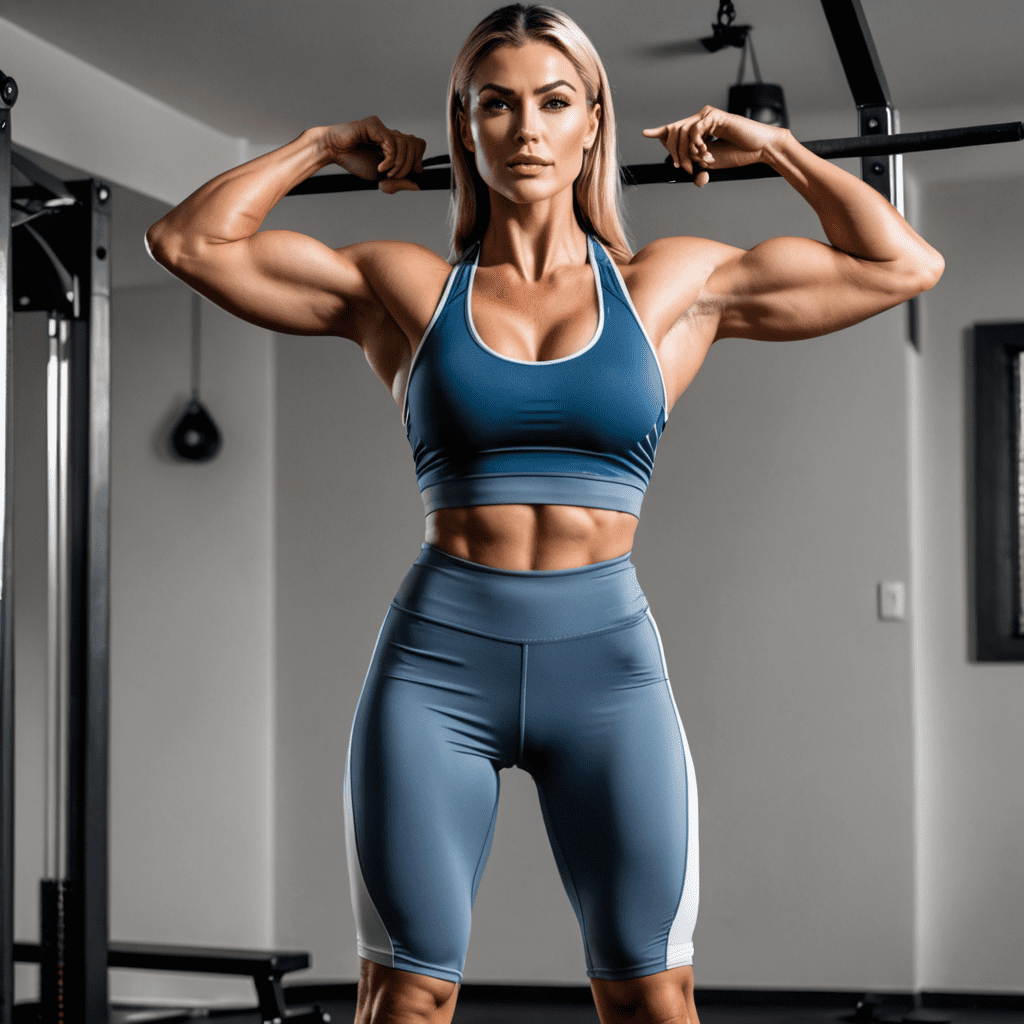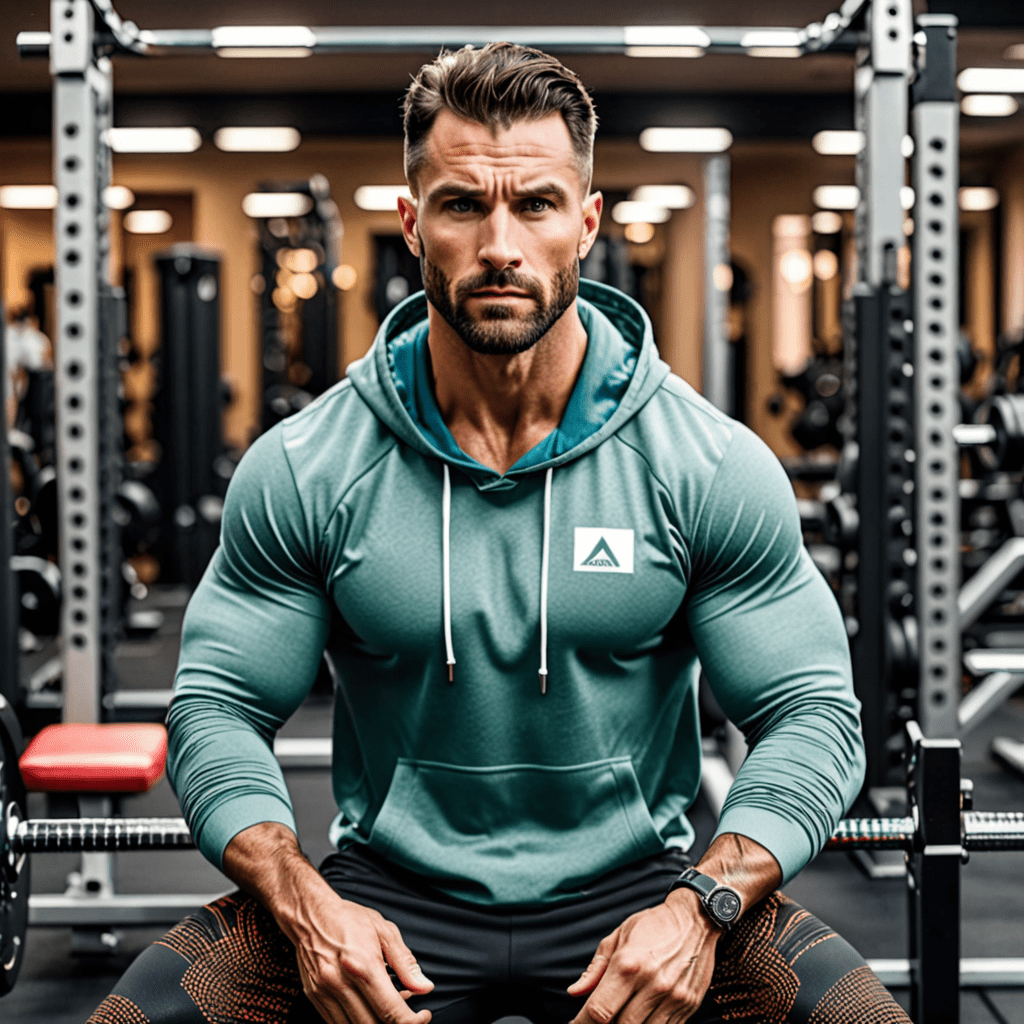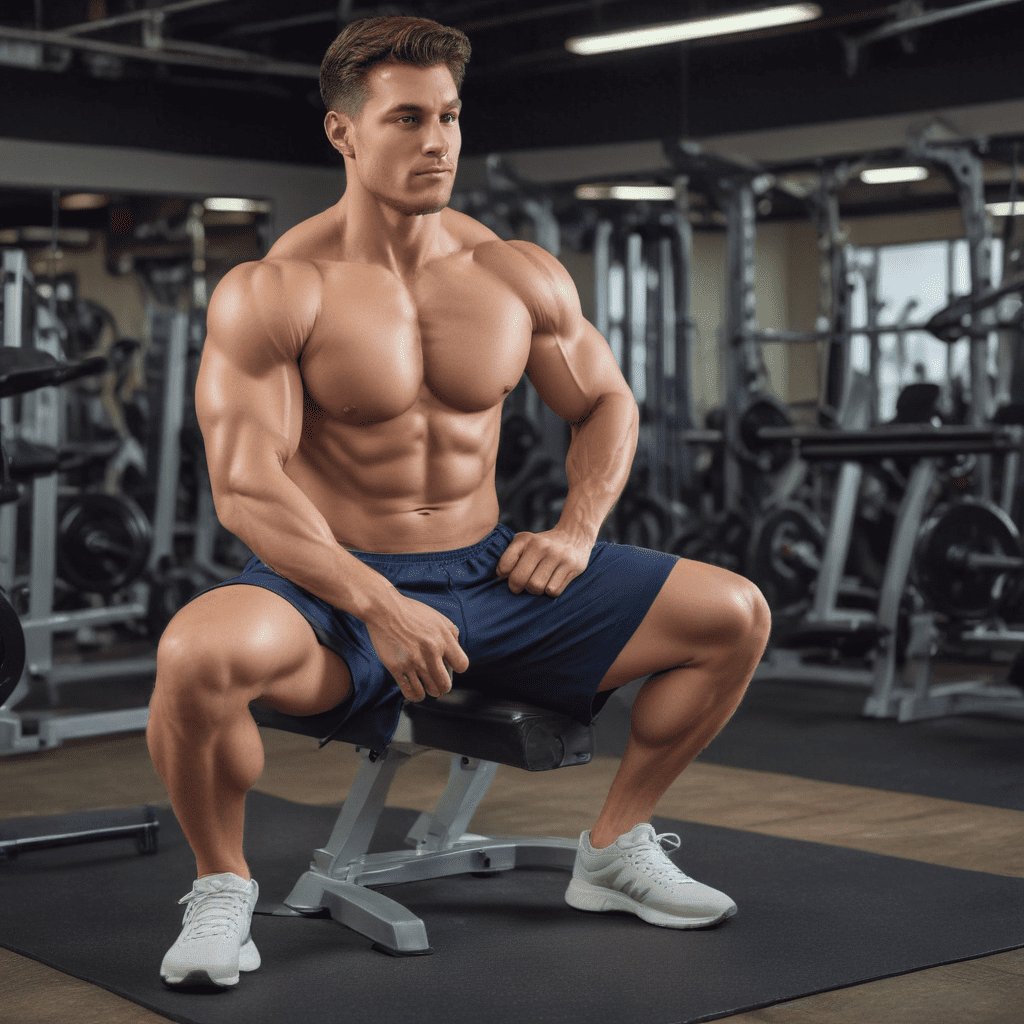
The Importance of Cooling Down After Your Home Workout
After completing a challenging home workout session, it’s crucial to remember that the cool-down phase is just as important as the warm-up and main workout itself. Cooling down properly not only aids in your body’s recovery but also helps prevent injury and promotes overall fitness progress. Here’s why you should pay attention to your post-workout routine:
1. Reducing the Risk of Injury
Cooling down allows your heart rate and blood pressure to gradually return to normal levels. By easing out of intense physical activity, you lower the risk of dizziness, lightheadedness, and potential injuries like muscle strains or sprains.
2. Enhancing Recovery
Engaging in a cooldown routine helps to remove waste products like lactic acid that can accumulate in your muscles during exercise. It also aids in reducing muscle soreness and stiffness, allowing your body to recover faster and be ready for the next workout session.
3. Promoting Flexibility and Range of Motion
Including stretching exercises in your cool-down routine can help maintain or improve your flexibility, which is essential for preventing injuries and ensuring proper muscle function. Stretching can also enhance your range of motion, making your movements more efficient during workouts.
4. Balancing Your Heart Rate
Cooling down gradually slows down your heart rate, preventing a sudden drop in blood pressure and maintaining the balance needed for cardiovascular health. This process also aids in preventing potential light-headedness or fainting that can occur if you stop abruptly after intense exercise.
5. Mental Relaxation and Recovery
A well-structured cool-down routine offers a mental transition from the intensity of your workout to a state of relaxation. It provides an opportunity to reflect on your achievements, relieve stress, and improve your overall well-being both physically and mentally.
6. Improving Circulation and Oxygen Delivery
By gradually reducing your exercise intensity during the cool-down, you assist your body in returning blood flow and oxygen delivery to a resting state. This process promotes better circulation, which aids in the efficient removal of metabolic byproducts from your muscles.
7. Building Consistent Fitness Habits
Incorporating a thorough cool-down routine into your home workout regimen helps establish a structured approach to exercise. By prioritizing post-workout recovery, you create a sustainable fitness habit that contributes to your long-term health and fitness goals.
Remember, dedicating time to cool down after your home workout may seem like a minor step, but its benefits are significant in maximizing your workout results, preventing injuries, and promoting overall well-being. Prioritize your post-workout routine just as you do with your warm-up and main workout, and you’ll soon reap the rewards of a balanced and effective fitness regimen.
FAQ: The Importance of Cooling Down After Your Home Workout
What is a cool down after a workout?
A cool down is a period of light exercise that gradually lowers the heart rate and helps the body transition from intense physical activity to a resting state. Cooling down after a home workout can include gentle movements or stretches.
Why is cooling down important after exercising at home?
Cooling down is crucial as it helps prevent muscle stiffness, reduces the risk of injury, and aids in the recovery process. After a home workout, cooling down allows your heart rate to return to normal gradually, preventing blood pooling in the muscles.
How long should a cool down last after a home workout?
A cool down after a home workout typically lasts around 5 to 10 minutes. This duration allows the body to slowly transition from exercise to rest, promoting better recovery and reducing muscle soreness.
What are some effective cool down exercises after a home workout?
Effective cool down exercises after a home workout can include gentle jogging in place, walking, stretching major muscle groups such as hamstrings, quadriceps, and shoulders, or even using a foam roller to release muscle tension.
Can skipping a cool down affect my fitness progress?
Skipping a cool down after a home workout can lead


